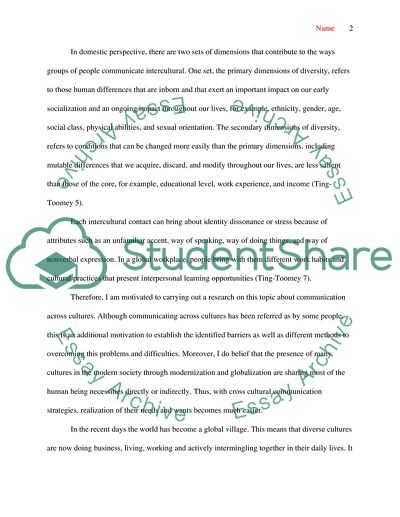Cite this document
(Communication Across Cultures Essay Example | Topics and Well Written Essays - 1750 words, n.d.)
Communication Across Cultures Essay Example | Topics and Well Written Essays - 1750 words. https://studentshare.org/journalism-communication/1584902-intro-communication
Communication Across Cultures Essay Example | Topics and Well Written Essays - 1750 words. https://studentshare.org/journalism-communication/1584902-intro-communication
(Communication Across Cultures Essay Example | Topics and Well Written Essays - 1750 Words)
Communication Across Cultures Essay Example | Topics and Well Written Essays - 1750 Words. https://studentshare.org/journalism-communication/1584902-intro-communication.
Communication Across Cultures Essay Example | Topics and Well Written Essays - 1750 Words. https://studentshare.org/journalism-communication/1584902-intro-communication.
“Communication Across Cultures Essay Example | Topics and Well Written Essays - 1750 Words”. https://studentshare.org/journalism-communication/1584902-intro-communication.


